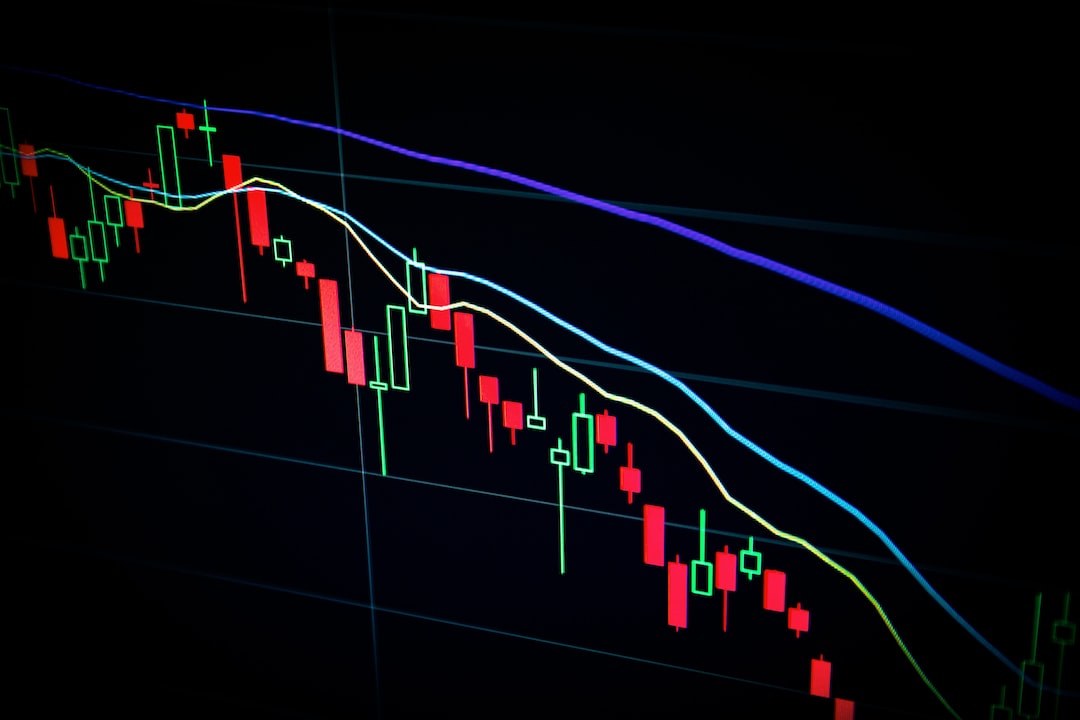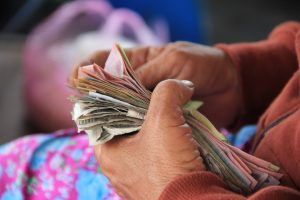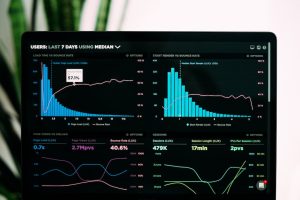When it comes to trading forex, one of the most important decisions you’ll make is which currency pairs to trade. There are dozens of different pairs available to trade, each with its own unique characteristics and risks. So, how do you know which pairs to focus on?
In this article, we’ll explore some of the key factors you should consider when choosing which currency pairs to trade.
1. Liquidity
Liquidity refers to how easily a currency can be bought or sold without causing significant price movements. The more liquid a currency pair is, the easier it will be to enter and exit trades at the desired price.
The most liquid currency pairs are the major pairs, which include the US dollar, euro, Japanese yen, British pound, Swiss franc, Canadian dollar, and Australian dollar. These pairs are traded in high volumes and are widely used in global trade and finance.
If you’re just starting out in forex trading, focusing on the major pairs is a good idea. As you become more experienced, you may want to explore some of the less liquid pairs, but be aware that these pairs can be more volatile and may require more skill to trade successfully.
2. Volatility
Volatility refers to how much the price of a currency pair fluctuates over time. Some traders prefer highly volatile pairs, as they offer the potential for large profits in a short amount of time. However, volatile pairs can also be riskier, as they can quickly move against you and cause significant losses.
Less volatile pairs, on the other hand, tend to move more slowly and may be better suited for traders who prefer a more conservative approach.
3. Correlation
Currency pairs can be correlated, which means they tend to move in the same direction. For example, the EUR/USD and GBP/USD pairs are often highly correlated, as both currencies are affected by changes in the US dollar.
When trading correlated pairs, it’s important to be aware of the potential risks. If you have open positions in multiple correlated pairs, a sudden move in one pair could cause losses in the others.
4. Trading Hours
Forex markets are open 24 hours a day, five days a week, but not all currency pairs are equally active at all times. For example, the USD/JPY pair tends to be most active during the Asian trading session, while the EUR/USD pair is more active during the European and US sessions.
If you have a specific trading schedule, you may want to focus on pairs that are most active during your preferred trading hours.
5. Economic Data
Finally, economic data can have a significant impact on currency pairs. For example, if the US releases positive economic data, the US dollar may strengthen against other currencies. Similarly, if the European Central Bank announces a change in monetary policy, the euro may be affected.
When choosing currency pairs to trade, it’s important to be aware of upcoming economic events and how they may affect the pairs you’re trading.
In conclusion, choosing which currency pairs to trade is a crucial decision for any forex trader. By considering factors such as liquidity, volatility, correlation, trading hours, and economic data, you can make informed decisions that align with your trading strategy and risk tolerance. Remember to always practice responsible risk management and never risk more than you can afford to lose.





